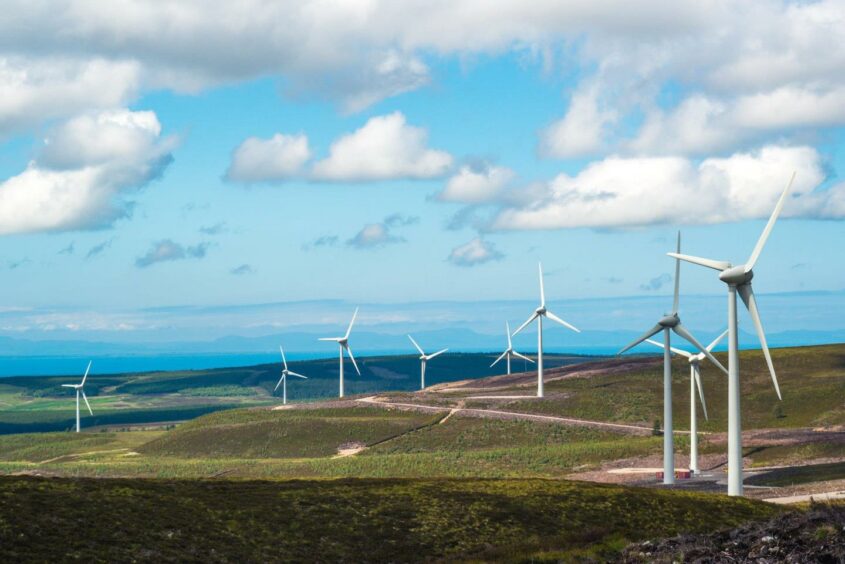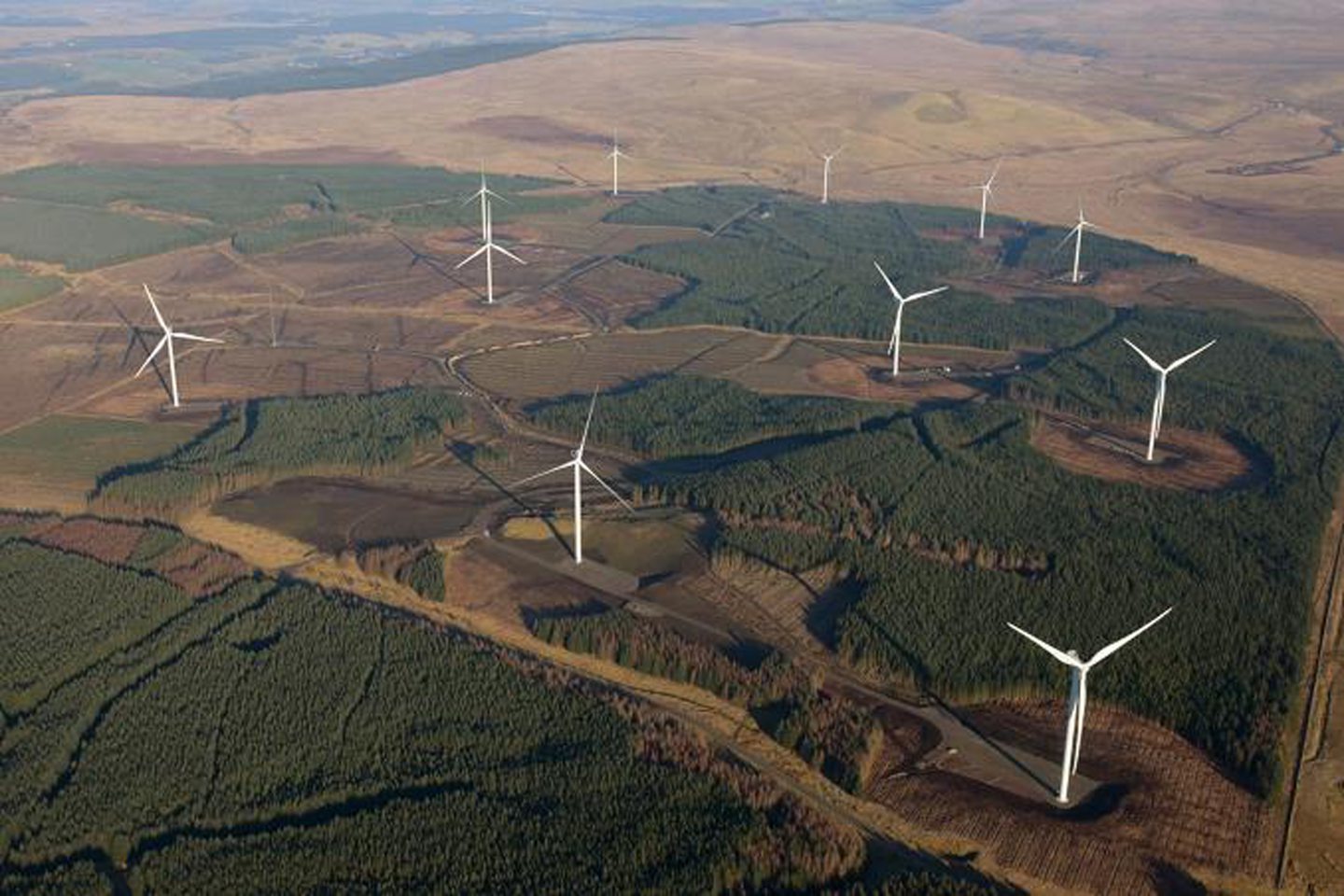
Europe’s largest renewable energy developer Statkraft is “exploring options” for new onshore wind projects in England, but doesn’t expect a “sudden rush of development”.
The Norwegian state-owned firm operates six onshore wind farms across Scotland and Wales and promised “significant investment” in the sector in 2019.
Since the lifting of the de facto onshore wind ban by the new Labour government, firms including Octopus Energy and RWE have flagged potential investment in new projects.
But while Statkraft welcomed the policy change, its head of UK development Richard Mardon told Energy Voice the company doesn’t expect a “sudden rush of development”.
“The planning process for onshore wind will still take time and so it’s important to deliver a range of different technologies which will drive the energy transition, whilst also accelerating onshore wind development,” Mardon said.
Statkraft will be “carefully exploring options” following the policy change, Mardon said, calling the decision a “positive first step” by the new government.
But the move is “the start of the journey” and there is “still more work to build the sector back up”, he added.
Mardon said the UK needs to focus on speeding up grid connection times, improving resources for planning officials, and allocating more funding for the AR6 auction.
Statkraft UK ambitions
While Statkraft is currently a relatively minor player in UK onshore wind with six operating sites, it is aiming to “significantly grow” its portfolio in Scotland and Wales.
The company has around 30 onshore wind farms in development or under construction, alongside energy storage, grid and solar projects.
In Scotland alone, Statkraft said its renewable energy projects represent around £2 billion in potential future capital investment.
The company also has a strong pedigree in the European onshore wind market.
Statkraft operates the 1,057 MW Fosen Vind project in Norway, the largest combined onshore wind farm in Europe.
However, last month Statkraft scaled back plans for new wind and solar plants due to increased costs and lower electricity prices.
The company now wants to install between 2-2.5 GW of onshore wind, solar and battery storage annually across all markets from 2026 onwards.
Offshore wind
Statkraft also slightly reduced its offshore wind target, with a goal to deploy between 6-8GW by 2040 down from 10GW.
Statkraft previously flagged a potential return to the UK offshore market after its 2017 exit, and chief executive Birgitte Vartdal said the firm is still weighing its options.
“We still believe strongly in offshore wind and would like to stay in there, but we are reducing our ambition somewhat,” Vartdal said.
The firm told Energy Voice its strategy is “to take an industrial role within offshore wind in Northern Europe, especially in markets where the company is already established, such as the UK, Ireland, Norway, and Sweden”.
Last year, Statkraft secured 500MW in Ireland’s first offshore wind auction last year alongside investments in Norway and Sweden, but declined to bid for the ScotWind round.
And with upcoming leasing opportunities in the Celtic Sea, Statkraft has left the door open for a potential bid.

 © Supplied by Statkraft
© Supplied by Statkraft